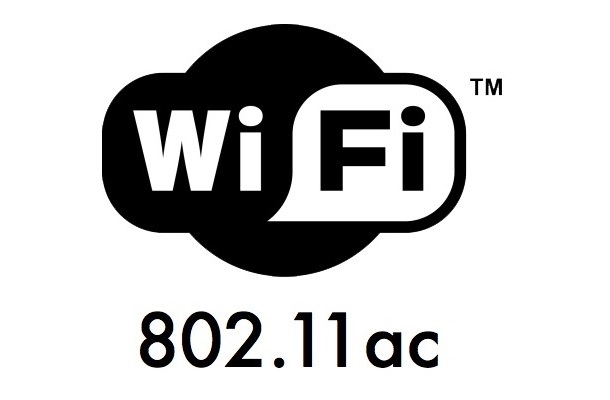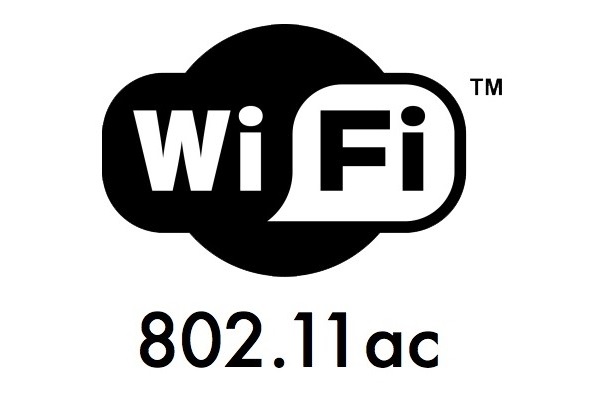3x Faster Wi-Fi is Coming, 802.11ac

2013 will mark the mass commercial deployment of 802.11ac – the new IEEE wireless protocol that promises speeds at least 3 times faster than conventional Wi-Fi.
802.11ac: New IEEE Standard
802.11ac is the new IEEE standard for wireless networking. You could consider it a qualitative increment over 802.11n, which is the standard most of us use for Wi-Fi today. It’s faster, and more scalable. 802.11ac is said to be capable of facilitating transmissions of more than 1 gigabit per second. Well actually, the standard can support speeds up to 7 gigabits per second, but such outrageous speeds will hardly ever be achieved. But of course, they come with the ‘under ideal conditions’ rider as well. The realistic assumption of 1+ gigabits per second is mouthwatering enough anyway.
802.11ac is designed to operate only in the 5 Ghz band. This helps avoid unnecessary interference from other devices operating in the 2.4 Ghz range – like Bluetooth transmitters or microwave ovens. While 802.11n supports only 40 Mhz channels, 802.11ac allows support for 80Mhz wide channels, and in some cases, even 160Mhz wide channels. This allows for much, much higher data rates.
802.11ac beats back 802.11n’s disadvantages. It can work flawlessly despite congestion. Many of us now have more than 2 wireless devices with us at all times – laptop, smartphones, and sometimes even a tablet. And the number of devices is only going to go up in the coming years. With so many devices, Wi-Fi as we currently know it can get unbearably slow. 802.11ac however, will remain unaffected and still get you the speeds. Additionally, the standard is more efficient, which would allow smartphones to transmit data faster while consuming less power. The result: better battery life.
Enterprises are expected to be among the first ones to adopt this new standard – with the potential for less interference despite mass usage, 802.11ac makes for an attractive upgrade for crowded places.
However, the standard is still under development, that is, it is still in Draft stage. Even before 802.11ac is finalized and the draft is finished, manufacturers have begun pushing out compatible devices and routers for the market. It is not expected to be an issue however, as there isn’t much change expected in the final draft.
The first 802.11ac chipset for retail Wi-Fi routers was released back in 2011 by Quantenna. Ever since then, there have multiple launches by different companies – Buffalo Technology released the world’s first 802.11ac router in May 2012. Cisco will be releasing products for the standard in the second half of this year.
The protocol has moved to smartphones too – HTC’s latest flagship, the One, and Samsung’s Galaxy S4 both offer 802.11ac compatibility.
Most devices will be dual-band though – which means they will support transmission both in the 2.4 Ghz band (802.11n) and the 5 Ghz band (802.11ac). Over time, we can expect the latter to dominate the wireless world. Most devices in 2014 will offer 802.11ac compatibility, while it is estimated that there will be one billion 802.11ac devices in the world by 2015.

